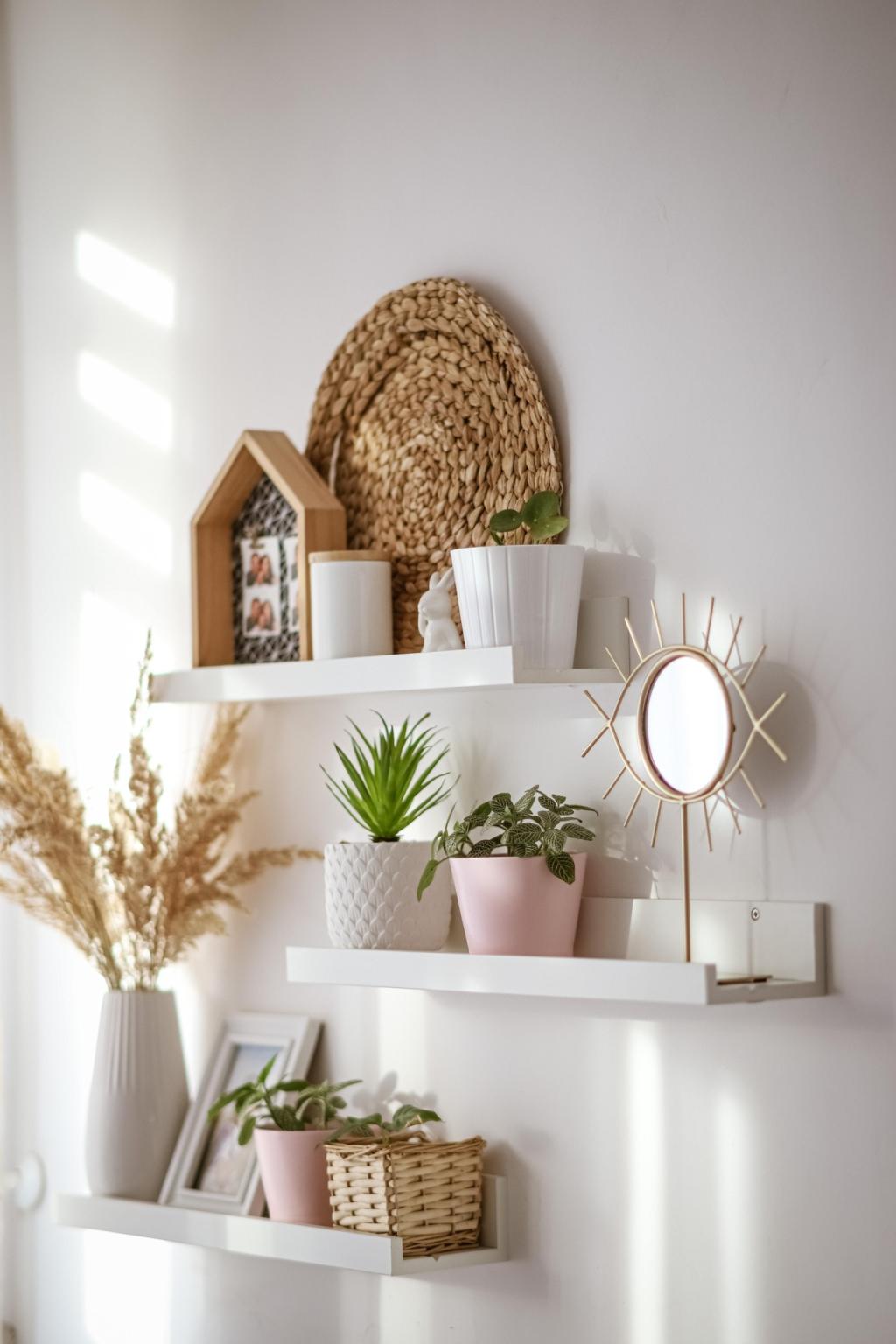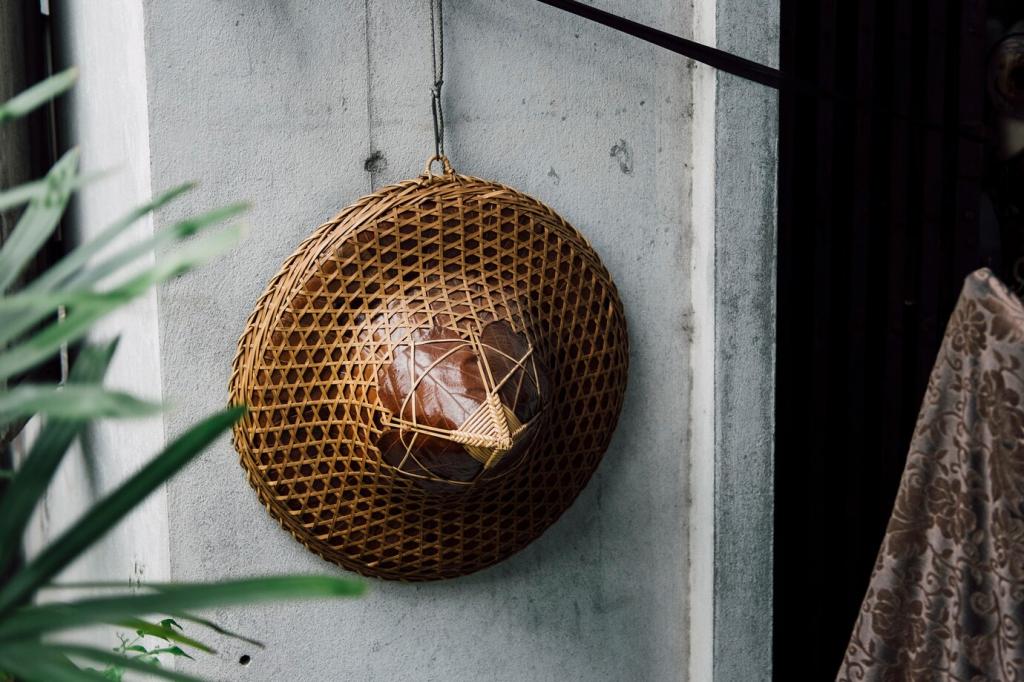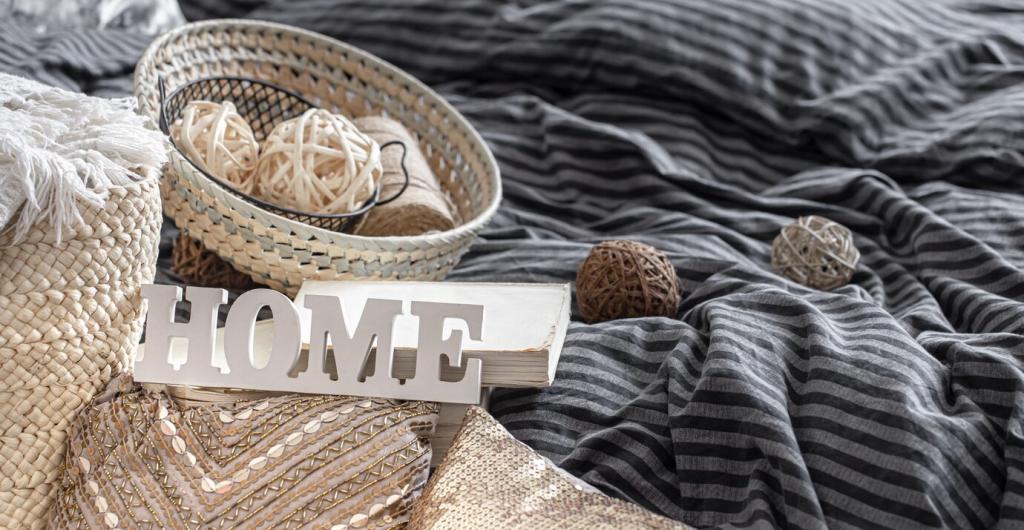
Biodegradable Decor: New Trends That Bring Nature Home
Chosen theme: Biodegradable Decor: New Trends. Step into an uplifting space where beauty and responsibility live side by side, and where every object is designed to return gracefully to the earth when the story ends—no guilt, just growth.
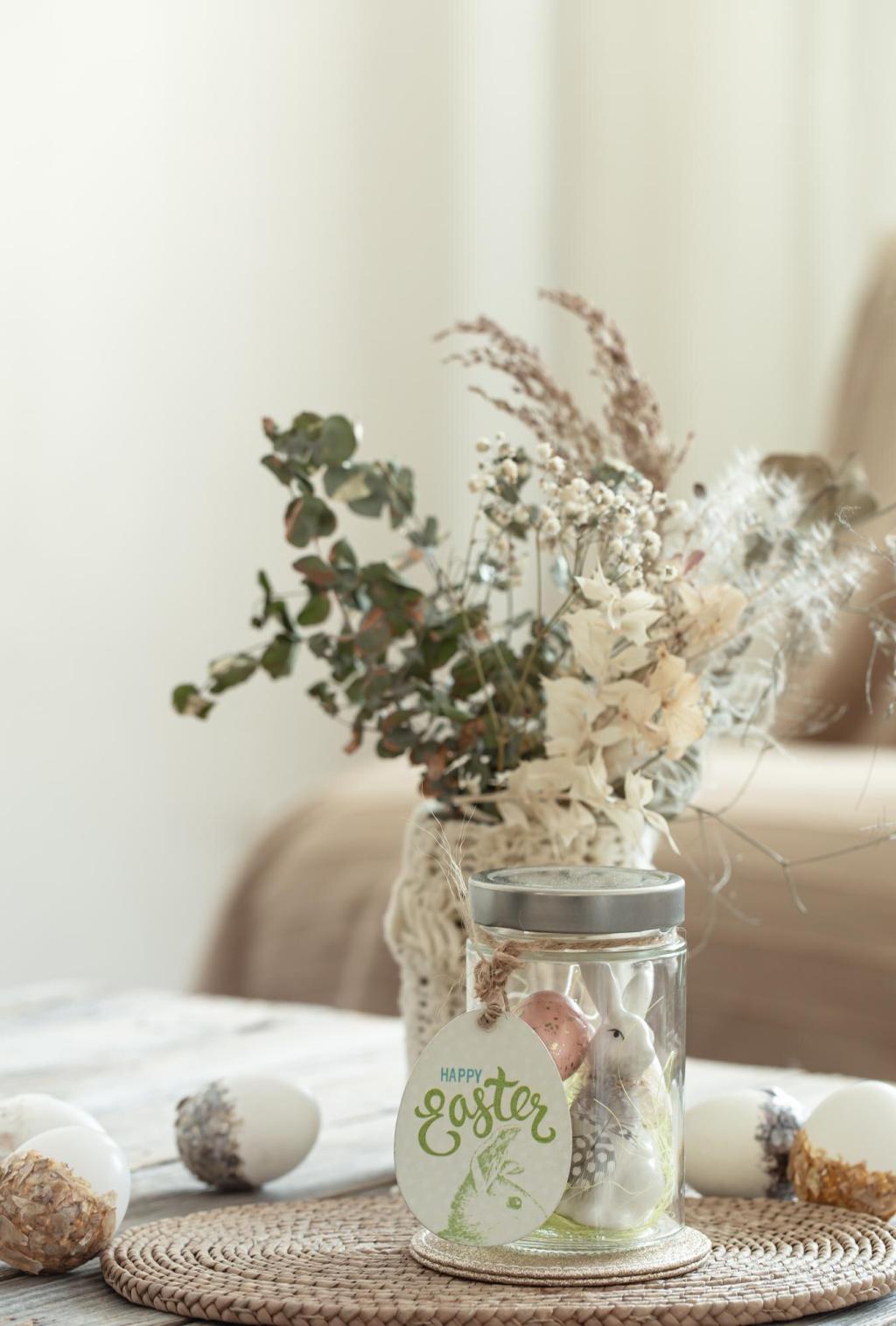
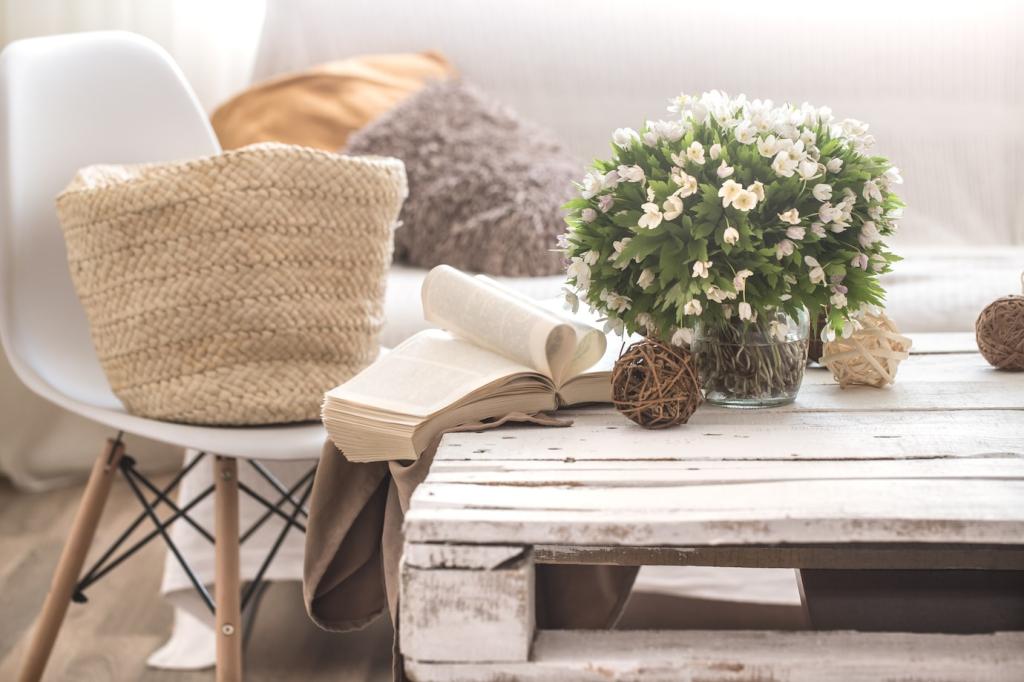
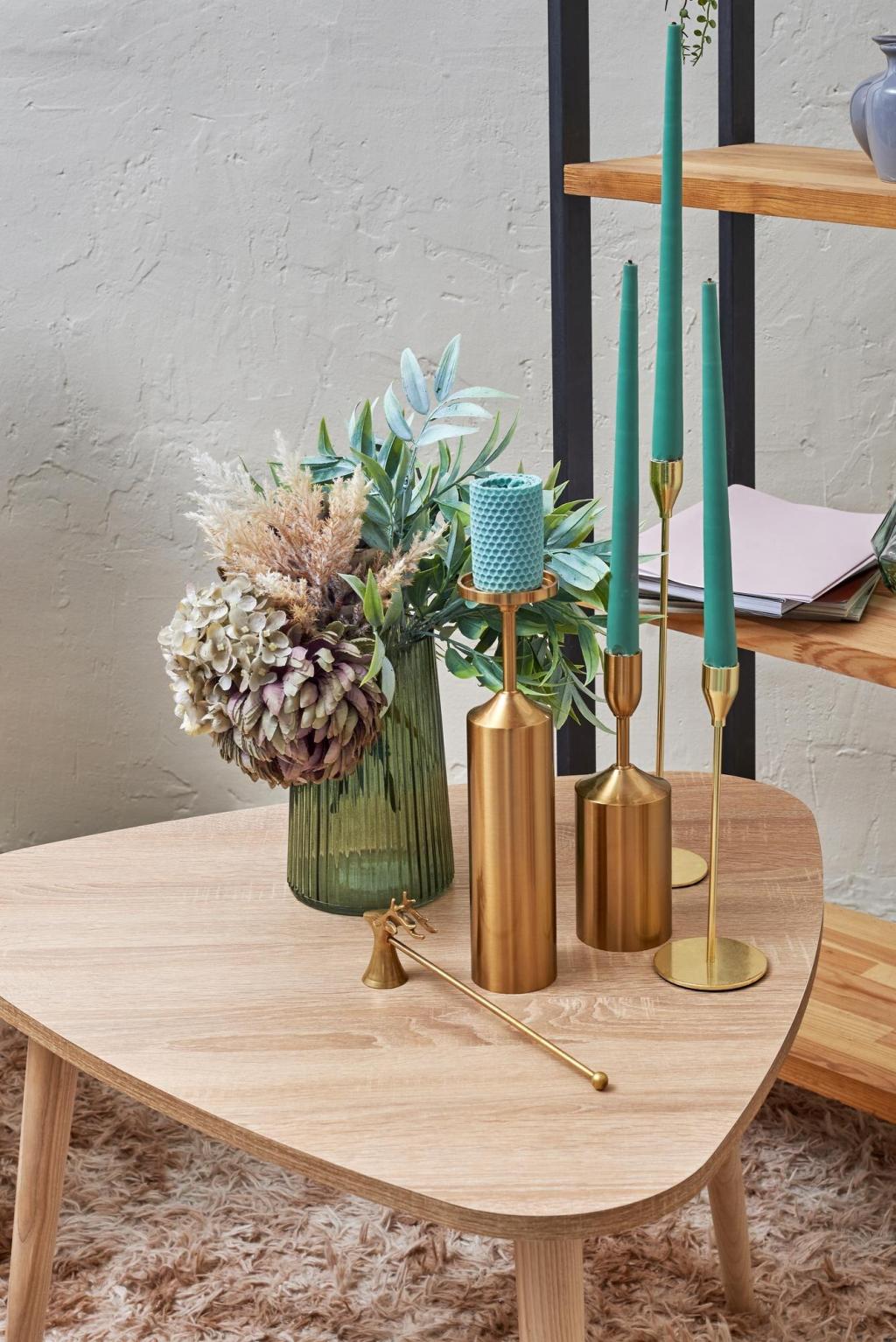
Grown from mushroom roots, mycelium forms airy, sculptural lampshades and storage trays. A Brooklyn maker told us her first batch felt like baking bread—warm, fragrant, alive. At end-of-life, these pieces can break down under the right conditions, returning nutrients to soil.
Materials Leading the Change
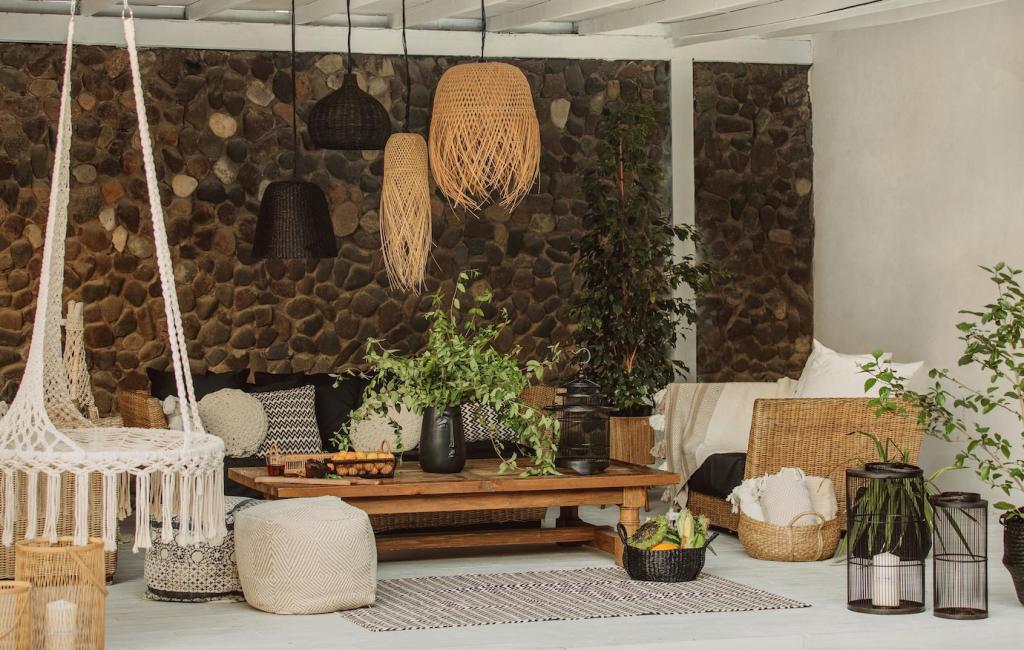
Calm, Warm Minimalism
Think sandy hues, smooth curves, and soft shadows. Mycelium lamps, paper-pulp side tables, and bamboo textiles keep the palette quiet while adding tactile charm. Pair with a single living plant for movement. Post your favorite minimalist compostable corner using our hashtag.
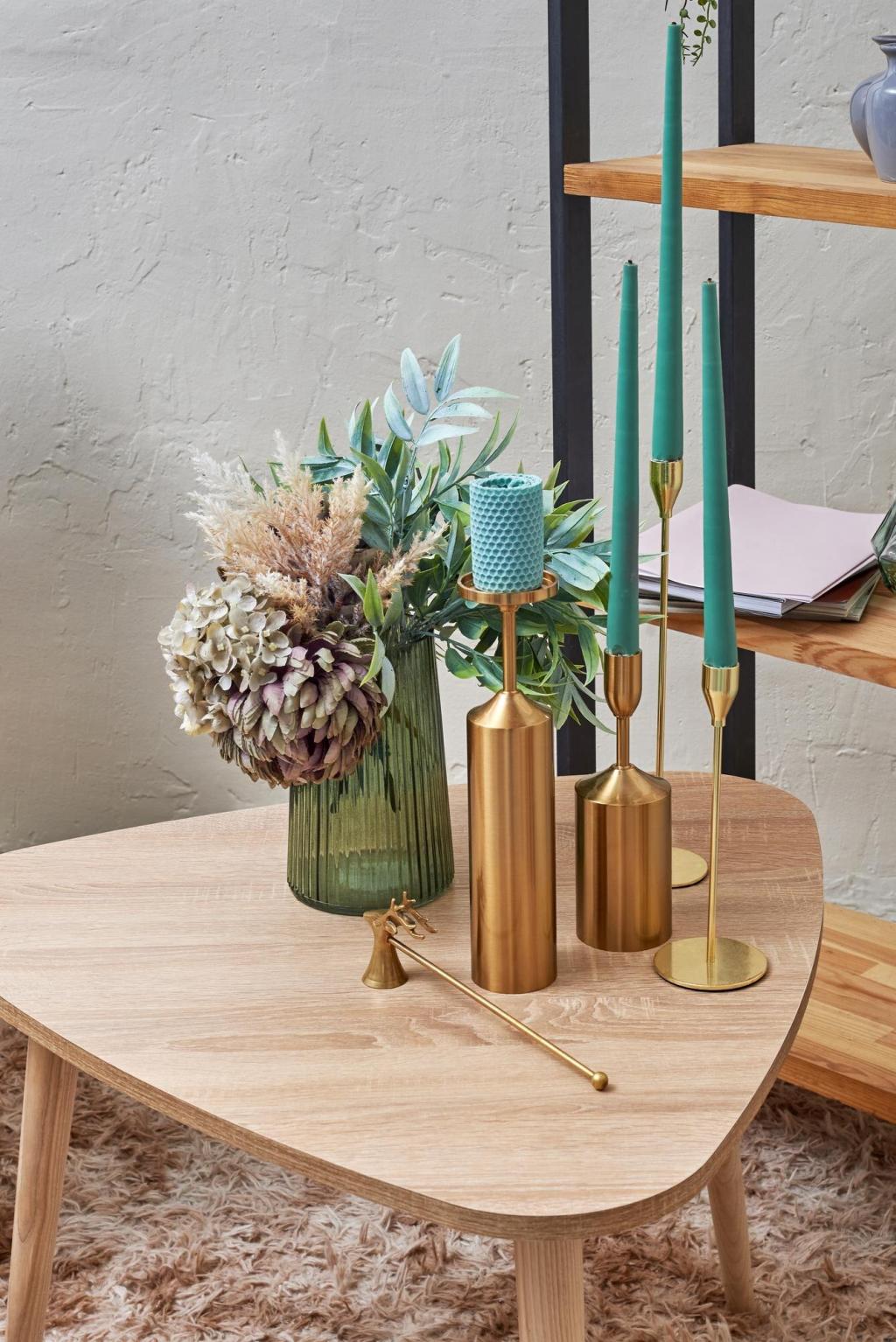
Wabi-Sabi Layers
Embrace gentle irregularities—pressed-flower panels, hand-poured algae trays, and stitched hemp hangings. A reader told us a small crack in her mycelium vase became a conversation piece after a humble hemp-twine wrap. Imperfections teach care, patience, and graceful endings.
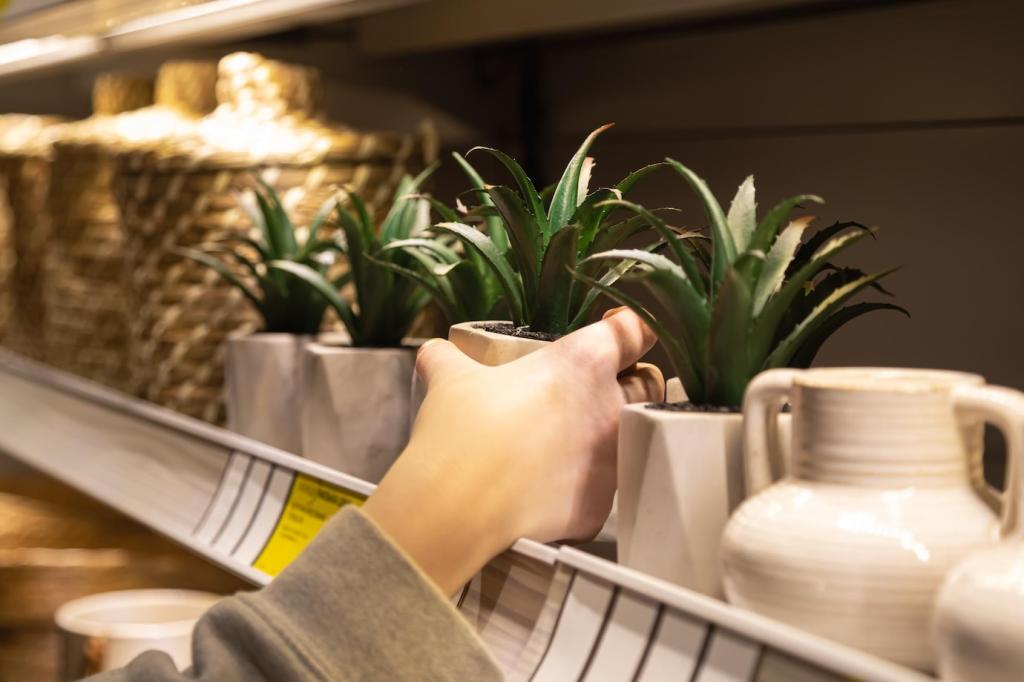
Color from Soil and Petals
Natural dyes—madder, indigo, walnut, marigold—create nuanced palettes that feel alive. Expect gentle shifts over time, like patina on leather. That soft evolution becomes part of the story. Share your dye adventures, mistakes, and triumphs so others can learn from your palette.
DIY That Returns to the Earth
Pressed-Flower, Seed-Embedded Wall Hangings
Blend recycled paper pulp with wildflower seeds, cast into thin sheets, and press with petals. Dry, frame without plastic, and hang away from direct sun. When you’re ready to refresh, soak and plant outdoors. Imagine art becoming a humming garden in spring.
Centerpieces from Citrus and Herb Twine
String dried citrus rounds on compostable twine, add rosemary sprigs, and layer over a woven grass runner. The scent feels like bright morning air. After a dinner party, snip everything into your compost bin. Guests love the ritual of a beautiful, intentional goodbye.
Finishes You Can Pronounce
Use beeswax, linseed oil, or plant-based balms on wood and fiber decor. These finishes breathe, age softly, and avoid harsh residues that complicate composting. Always test a patch first. Tell us which finish gave your project the glow you were chasing.
Light-Touch Maintenance
Dust with a soft brush, avoid soaking, and keep pieces away from persistent humidity. If a seam opens on a paper-pulp object, a tiny dab of rice starch can help. Gentle habits stretch lifespan without undermining biodegradability.
Repair Before Replace
Choose visible mends—hemp thread stitches, plant-dyed patches, twine wraps. Repairs add character and extend usefulness. Consider community repair events for guidance. Every repair refocuses the story from quick consumption to caring stewardship and shared skills.
Responsible Farewells
Check labels for coatings or mixed materials before composting. If industrial composting is required, follow local guidance or brand take-back programs. Disassemble metal fittings and reuse them. Share your regional compost tips so our community map becomes smarter and kinder.
Stories from Early Adopters
Nora used paste-on paper made from recycled pulp and seed confetti for a hallway makeover. The space felt brighter, calmer, and kinder. When she moved, everything soaked, composted, and sprouted poppies by summer. Share your rental-friendly biodegradable upgrades below.
